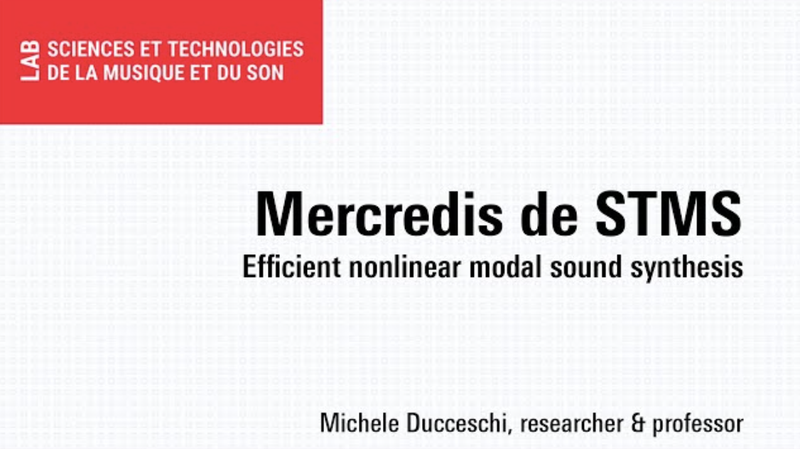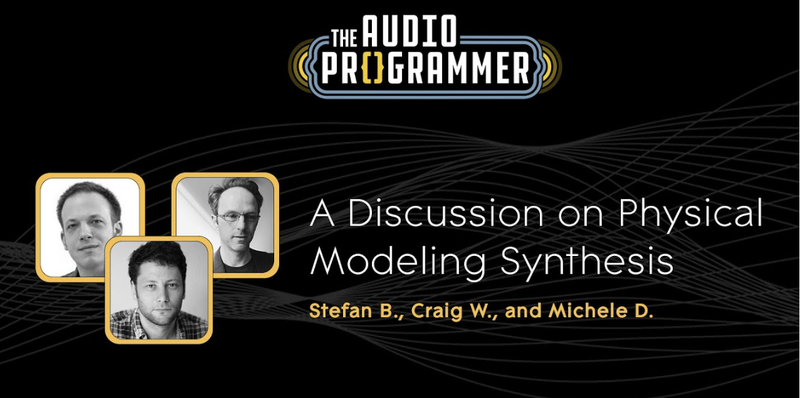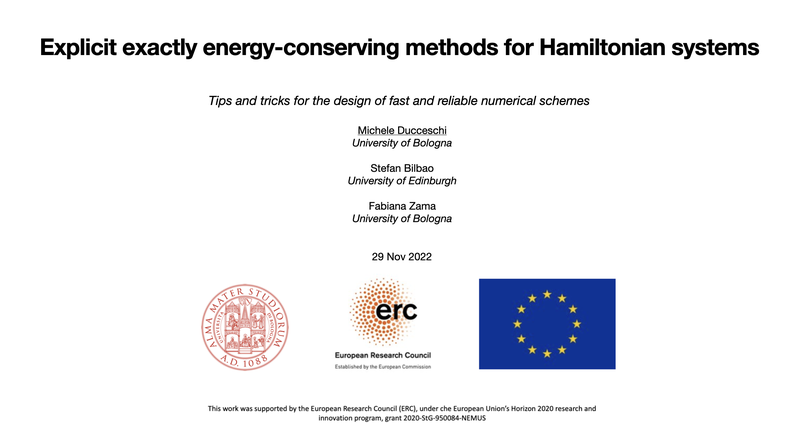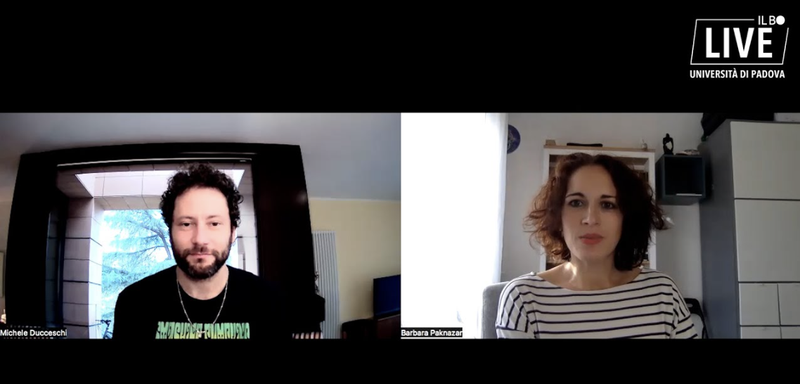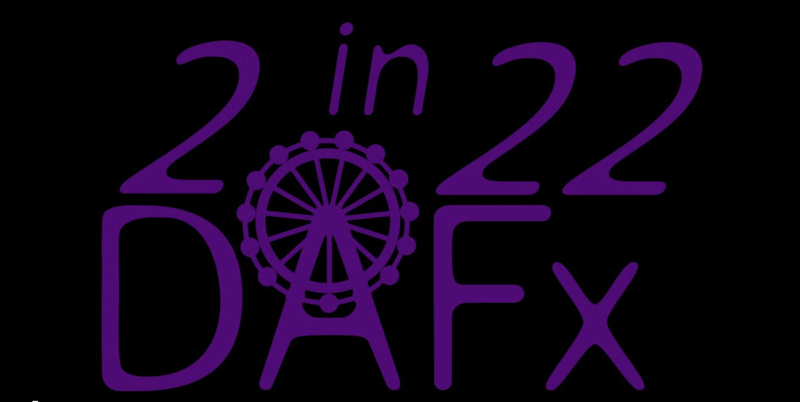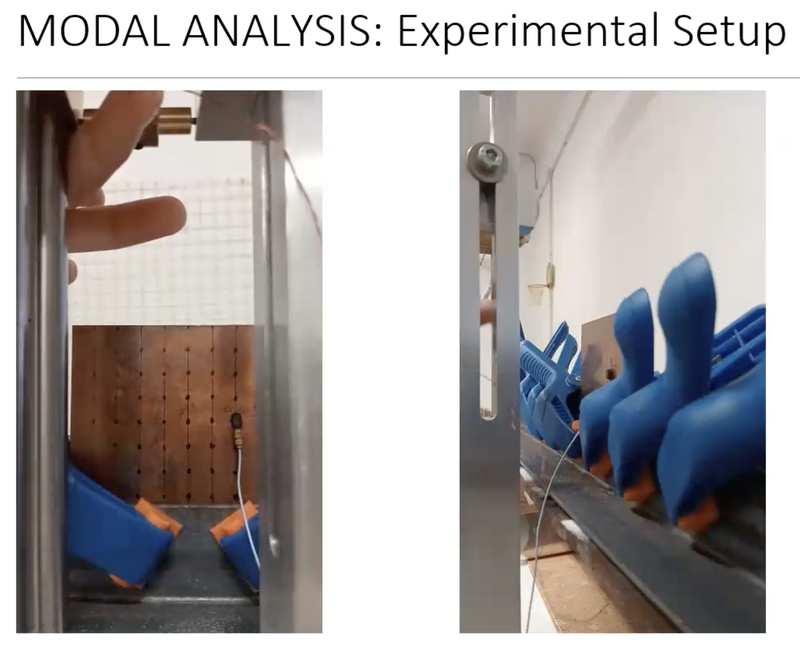Lectures
Here, you can find recordings of seminars and lectures by the NEMUS team.
M. Ducceschi. Efficient nonlinear modal sound synthesis. IRCAM, September 2023.
Modal methods are a long-established approach to physical modeling sound synthesis. Projecting the equation of motion of a linear, time-invariant system onto a basis of eigenfunctions yields a set of independent forced, lossy oscillators, which may be simulated efficiently and accurately using standard time-stepping methods. Extensions of modal techniques to nonlinear problems are possible, though often requiring the solution of densely coupled nonlinear time-dependent equations. In this talk, I will show an application of recent results in numerical simulation design, in which the nonlinear energy is first quadratised via a convenient auxiliary variable. The resulting equations may be updated in time explicitly, thus avoiding the need for expensive iterative solvers, dense linear system solutions, or matrix inversions. The case of a network of interconnected distributed elements is detailed, along with a real-time implementation as an audio plugin
A Discussion on Physical Modeling Synthesis: the Audio Programmer Meetups.
In this talk we will discuss some of the history of digital sound synthesis, and in particular physical modelling as an approach to synthetic sound. We will get the views of researchers who have been working on the latest modeling techniques, as well as detailing some of the challenges in creating real-time audio systems using this work.
M. Ducceschi. Explicit exactly energy-conserving methods for Hamiltonian systems. Le Mans, November 2022.
Hamiltonian systems have been extensively studied in the literature since many physical lossless systems can be cast in Hamiltonian form. Numerically, various approaches exist, particularly regarding geometric integrators. Among these, energy-preserving schemes represent an important class, since it is known that energy conservation can be related to the stability of the time-stepping routine when the potential energy is bounded from below. However, classic energy-preserving integrators are most often implicit in nature, requiring the solution of nonlinear algebraic systems at each time step. Explicit integrators, on the other hand, fail to preserve the numerical energy in most cases of interest and lead to unstable simulations. In this talk, I am going to present a new class of schemes for the integration of Hamiltonian systems with non-negative potential energy. These schemes are based on the idea of quadratisation and, under some restrictions on the form of the mass matrix, are both energy-conserving and explicit. Cases of interest in acoustics (i.e., the von Karman plate and the geometrically exact nonlinear string) will be studied in detail, showing that compute times for the new schemes are on par with classic explicit integrators such as Stormer-Verlet, while remaining stable even at large amplitudes of vibration.
Interview: Modelli matematici e computer per far rivivere il suono di antichi strumenti musicali (in Italian)
Realizzare copie virtuali di antichi strumenti musicali in modo da poterli suonare attraverso il computer. E' l'originale obiettivo di un progetto di ricerca guidato da Michele Ducceschi, docente dell'università di Bologna che, dopo aver ottenuto un finanziamento ERC, ha messo in piedi un team multidisciplinare. Lo abbiamo intervistato. Servizio di Barbara Paknazar per l'Università di Padova. Montaggio di Barbara Paknazar.
R. Russo. Efficient simulation of the bowed string in modal form. DAFx2022, Austria, Vienna.
The motion of a bowed string is a typical nonlinear phenomenon resulting from a friction force via interaction with the bow. The system can be described using suitable differential equations. Implicit numerical discretisation methods are known to yield energy-consistent algorithms, essential to ensure the stability of the time-stepping schemes. However, reliance on iterative nonlinear root finders carries significant implementation issues. This paper explores a method recently developed which allows nonlinear systems of ordinary differential equations to be solved non-iteratively. Case studies of a mass-spring system and an ideal string coupled with a bow are investigated. Finally, a stiff string with loss is also considered. Combining semi-discretisation and a modal approach results in an algorithm yielding faster than real-time simulation of typical musical strings.
S. Duran. Experimentally-tuned synthesis of a thin plate
In this talk, Sebastian Duran talks about an experimentally tuned synthesis of a thin plate, using experimental data to improve the accuracy of a physical model of a cantilever plate. The experiments took place in the NEMUS lab at the University of Bologna. Video Credit: Institute of Acoustics https://www.ioa.org.uk/
